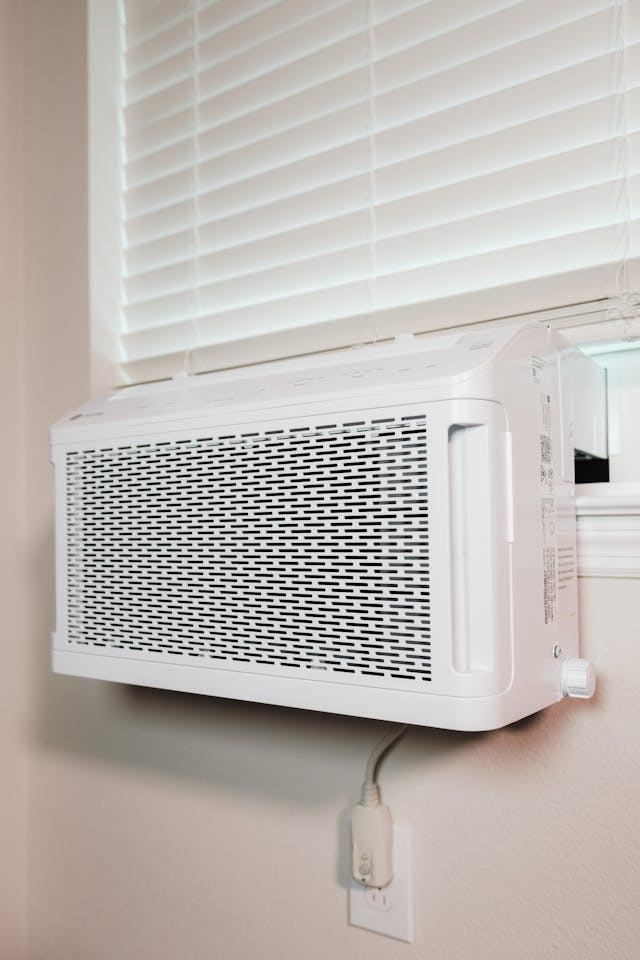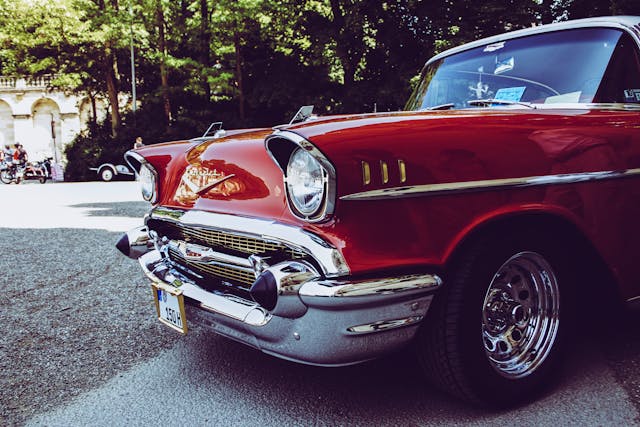You’re not “just” driving. You’re running a rolling micro-business with ratings, margins, and return customers who may never see you again. That means reliability beats luck. Comfort beats flash. And small habits beat big repairs. The goal isn’t perfection; it’s consistency, trip after trip, shift after shift, so you keep earning without burning hours at the shop.
First Impressions Start at The Curb
Passengers notice two things before the door even opens: how the car looks and how fast you arrive. Keep the exterior clean enough for reflections, quick rinse, dry the mirrors, wipe door handles. The fast part? Leave a cushion in your schedule so you’re not hustling on worn wipers or sketchy tires. Calm arrivals get better tips. Calm drivers get safer shifts.
The 15-Minute Weekly Ritual
Set a timer. Hood up, phone on airplane mode.
- Tires: check pressure cold; scan for uneven wear.
- Wipers: no smearing, no chatter.
- Fluids: oil level, coolant, washer fluid.
- Lights: brake, reverse, signals—use a wall or a friend to confirm.
- Cabin: shake mats, vacuum seams, wipe touchpoints (handles, switches, belts).
This ritual isn’t glam, but it’s the cheapest form of uptime insurance you’ll ever buy.
Interior Comfort, Minus the Chemical Blast
People remember how your car smells and sounds. Skip heavy fragrances; opt for neutral, barely-there freshness. Silence rattles with stick-on felt or foam. Keep a microfiber and a tiny spray bottle in the door pocket for smudged screens or mystery fingerprints. Quiet, clean, and neutral reads “professional,” even on a Tuesday at 2 a.m.
Visibility is Your Superpower
You can’t drive what you can’t see. Keep glass squeaky, inside and out, especially that hazy film that builds up on the inside of the windshield. Replace wipers twice a year, minimum. Night driver? Aim headlights correctly and clean the lenses so you’re not throwing foggy light. Serious chips, spreading cracks, or camera-mount damage? That’s when windshield replacement becomes the smarter call: restore clarity, protect your ADAS calibration, and keep those safety features doing their job.
Tech That Actually Helps (Not Distracts)
If your car uses lane-keep, adaptive cruise, or emergency braking, treat calibration like brakes, essential, not optional. After any glass work or front-end service, confirm cameras and sensors are aligned. Mount your phone or tablet low and stable; you want turn-by-turn visibility without blocking sightlines. Keep your charging cables short so they don’t lasso the shifter.
Fluids, Tires, and Brakes: The Boring Money Makers
Oil keeps you earning. Don’t guess, follow the severe-duty schedule if you do city loops or short trips all day. Tires are your profit shoes: rotate on schedule, match quality and speed ratings, and toss them early if you see bulges, cords, or repeat flats. Brakes? Listen for squeals, feel for pulsing, and replace before you’re metal-on-metal. Preventive maintenance costs less than a night off the road.
The Wipes-and-Water Kit
Keep a small tote in the trunk, nothing fancy. Two bottles of water (one for you, one for spills). Paper towels. A microfiber cloth. Glass cleaner. Hand wipes. A roll of small trash bags. A lint roller for pet hair and jacket fuzz. Toss in a couple of motion-sickness bags and call it good. Between rides, spend three minutes: wipe the screen and touchpoints, clear crumbs, empty the trash, quick spritz on the glass. That tiny reset turns a “meh” cabin into “wow, this is clean,” and it costs almost nothing. Pro tip: add a few zip-top bags for wet cloths or surprise messes.
Snacks and Temperature: An Instant Five Stars
You’re not a flight attendant, but tiny touches travel far. Offer mints. Keep the cabin temp a notch cooler than you prefer, passengers with coats will unzip; passengers overheated will complain. Ask once: “Temperature okay?” Then adjust and move on. It’s the simplest path to repeat five-star behavior.
The Math of Downtime
You’re paid to move, not to wait. Track your real costs: fuel, maintenance, car wash, cleaning supplies, insurance, depreciation, and, most important, lost hours when the car is down. A cheap part that fails twice isn’t cheap. A 20-minute weekly checklist that prevents a six-hour repair is pure profit. Make decisions with a calculator, not vibes.
Insurance and Documentation That Save Your Skin
Know what your policy covers for glass, roadside, and rentals. Photograph everything after an incident, plates, scene, interior. Keep digital copies of registration and proof of insurance on your phone, plus paper copies in the glove box. If a claim is painless, you get back on the road faster. That’s the whole point.
Your Pro-Ready Checklist
- Clean glass, clear mirrors, focused headlights
- Tires inflated and wearing evenly
- Wipers streak-free
- Fluids topped up
- Cabin neutral-smelling, mats shaken, trash gone
- Tech mounted low, calibrated after service
- Trunk tote stocked (wipes, water, microfibers, bags)
- Insurance details handy, photos backed up
Bottom Line: Drive Like a Business, Not a Hobby
Treat the car like the tool that funds your goals, degree, debt-free life, dream trip, whatever keeps you logging miles. Small, consistent habits stack into reliability. Reliability stacks into ratings. Ratings stack into earnings. That’s how you turn a side hustle into something steady, sustainable, and yes, actually enjoyable.

